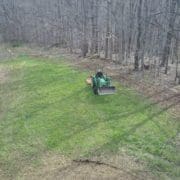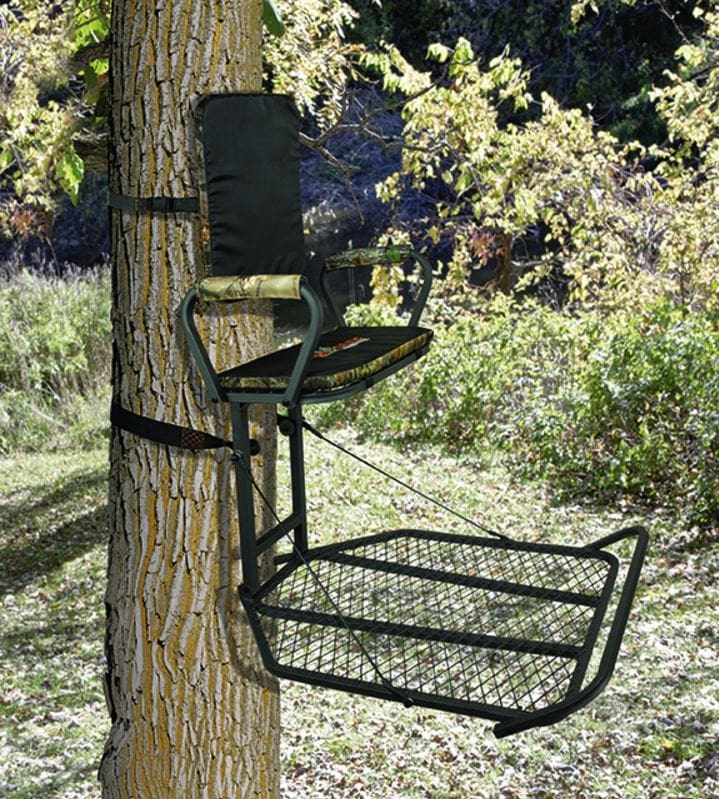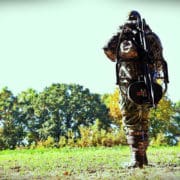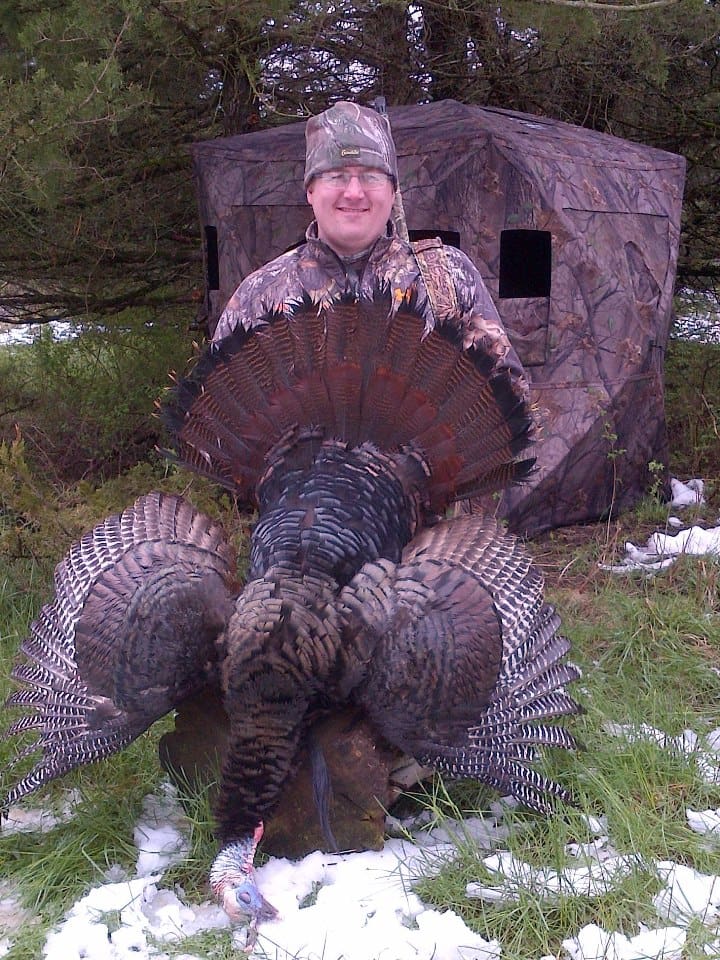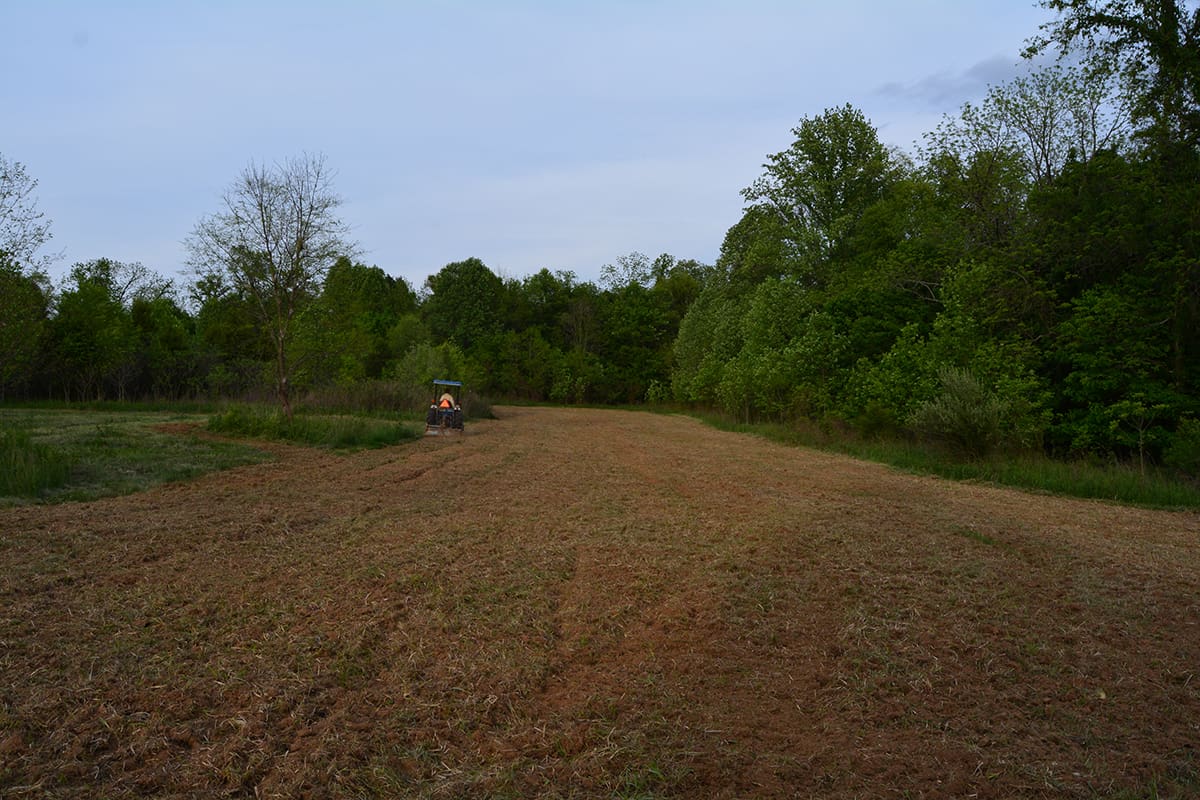Hunting Strategies and Summer Food Plots 101
Make Your Summer Food Plots Work with Your Hunting Strategies
For most people, hunting over or near a food plot is one of the most enjoyable parts of the season. It attracts deer and pulls them in from distant bedding areas, and can really give you a great chance at filling your tag. Just like that time Kevin Costner heard “If you build it, they will come,” in his corn field, creating a food plot is almost guaranteed to bring deer in for a closer inspection. But without proper planning and some strategizing, your summer food plots could do more harm than good. You can’t just throw some food plot seeds out in an opening and expect Boone and Crockett deer to come waltzing on in during daylight. Managing expectations is the most important part of planting a food plot, because it just varies so much across the country. But just behind that is developing good planting and hunting strategies before you even go shopping for deer food plot seed. It all starts with enough research.
Researching Locations and Options
We’ll assume for starters that you really have a good understanding of the layout of your property. For example, you should know not just where the mature hardwoods and grassy openings are, but also where deer bed and feed and how they travel across your land. Getting actual boots on the ground to inspect everything is a great way to really understand it best, but that can take time. Depending on the size of your property, this might not even be a feasible approach. The easiest way to cover lots of ground quickly is by using desktop scouting. You can study aerial maps to find topographic changes (e.g., ridge lines, subtle saddles, southern-facing slopes, etc.), habitat differences (e.g., conifer swamps, hardwood stands, grasslands, etc.), and locate potential feeding and bedding areas. Additionally, you can use these maps to study your neighbor’s lands (no trespassing) to understand the deer movement throughout your entire area. In short, you can easily find and map good sites for summer food plots for deer or tree stands from the comfort of your couch.
You also need to pay attention to size before you get too carried away with your summer food plots. You don’t want to go overboard if you’re limited on time, equipment, or resources. Annuals take more work and resources than most perennial plants (since you have to plant something new each year), but even perennials require some type of maintenance annually. To save the most time and effort, you’ll need to decide on your goals ahead of time.
For example, do you want to develop a true destination field or a small hunting plot? They require very different food plot approaches and ultimately hunting strategies. For example, large destination fields will attract deer mainly during the nighttime hours, and require you to mostly hunt the fringes of them or trail networks leading to them. They are best installed near the center of your hunting property so you can hold deer at the interior of your land as much as possible. Hunting plots, on the other hand, are smaller and meant to attract deer during the day (usually located near bedding areas), so you can set up your tree stands right on the edge of them and sneak in to hunt the prime hunting days of the season. Small food plots in the woods make excellent hunting plots.
The best summer food plots, though, use both approaches. Plant a destination field at the center of your property and then place small hunting plots between it and the primary deer bedding areas. Then you can be reasonably sure that deer will stop at the hunting plots as they travel from bedding to the evening food source, and vice versa.
Best Summer Food Plots for Deer
The name of the game for summer food plots should really be protein. Deer require protein in the spring and summer more than any other time of year. Bucks enter the winter in a rut-weary state, and then face months of low food supplies. By spring, their bodies are usually at a severe deficit and they need to replenish their muscle and body fat before they can really start to build antlers back. Similarly, pregnant does need protein as the building blocks for creating new fawns and for keeping up their milk supplies. Finally, fawns that have access to a high quality protein diet usually start off on the best footing and can build up their bodies enough to get through the following winter.
To get the most protein for your buck (dollars and deer), you’re going to likely turn to legume species. Legumes are a large family of plants that often produce their own nitrogen through a symbiotic relationship with bacteria in their roots. This abundance of nitrogen often creates the high protein plant material you (and the deer on your property) are looking for. Some notable plants in this family include soybean, peanut, peas, clover, or alfalfa. If one of your goals is to build the deer herd up (and build some solid antlers too), this is a good approach for you to take for your summer food plots.
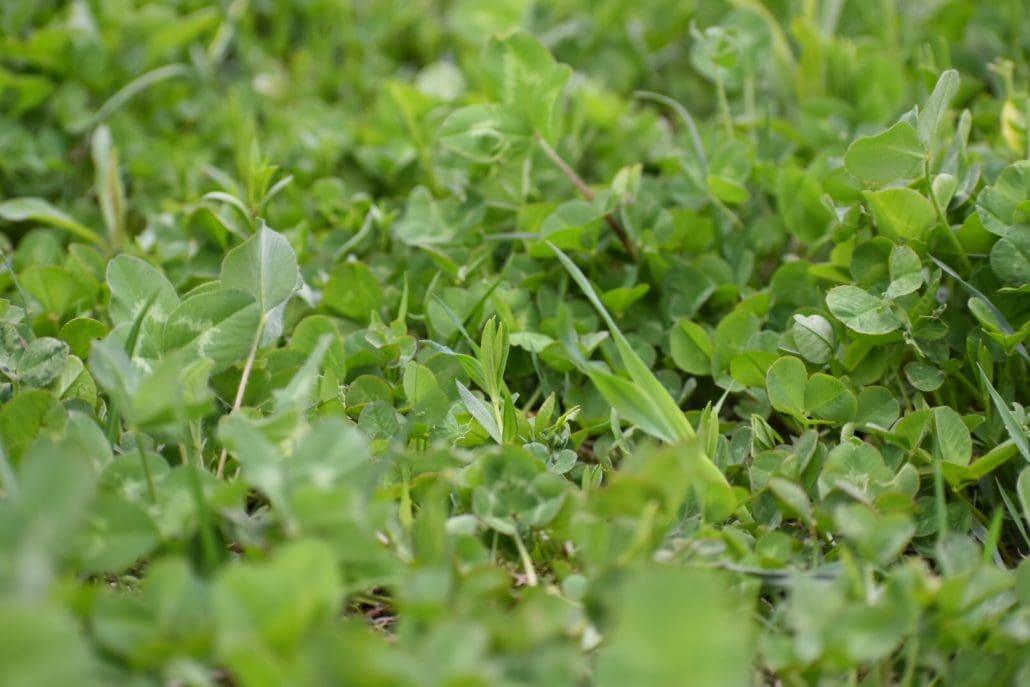
If you plan on doing a large destination field to hunt over in the late season, you should also consider planting a high carbohydrate food. Fall and winter present a different caloric need for deer than summer does. Instead of protein, they need to pack on as much fat as possible before winter sets in, which means carbohydrates. Corn, cereal grains, turnips, and radishes all offer tremendous carbs for them in the late season and can be a real magnet for late season post-rut hunts.
Home Run Combinations for Summer Food Plots
Now that you know where to look, how to look, and what to potentially plant, here are some tried and true food plot mixes you can try for different situations.
Destination Food Plots
If you’ve got the resources, land, and equipment to pull it off, you can’t beat installing a destination food source on your property, especially if one is lacking in your area. It really serves as a focal point for deer movement across your property. While it’s tricky and risky to hunt directly on them, you can easily set your ladder stands up between them and deer bedding areas to catch a daylight buck cruising through. When it comes to summer food plots in large destination fields, you have great options for annuals or perennials.
As far as annuals, you really can’t beat the combination of corn and soybeans for deer. It accounts for more agricultural deer food in the Midwest than probably anything else. And the Midwest grows some big deer because of it! They have plenty of protein throughout the summer from the beans and lots of high energy food for winter from the corn. You’ll need some decent farming equipment to plant large fields of corn and beans though.
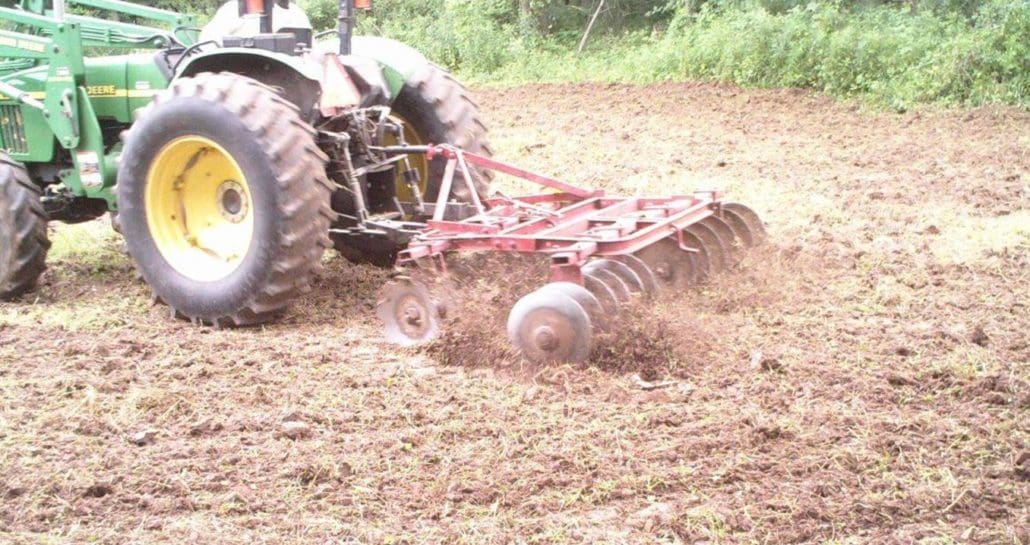
If you want to take the perennial route for your summer food plots, planting a large field of alfalfa and clover seed is a smart option. These legumes provide spring-through-fall nutrition that is loaded with protein. In fact, they become some of the first spring food plots of the year and can be great food plots for turkey too. It would actually be best if you can also hay these fields or have an adjacent farmer hay them to keep the growth lush and keep the weed pressure down. If you’re not going to actually hay it, you could also toss in some chicory for additional protein and drought protection. Alfalfa and chicory have deep tap roots to keep them green and healthy in dry weather.
Hunting Plot
As far as a smaller hunting plot, you have several great options, but the timing for planting these usually makes them great fall food plots. That way, deer will have access to a green food source immediately during the hunting season. But you can also plant a summer food plot blend now to provide summer nutrition for your deer, and then do a reality check in the fall. If it’s still attractive to deer, keep the plot as it is. If it’s not, then plow it under and plant something else for a fall hunting plot.
For annual plants, you could still do corn and beans, but the smaller plot sizes will usually be too small for the plants to escape the browsing pressure. Instead, consider turnips, radishes, brassicas, cereal grains, annual clover species, lablab, cowpeas, or even forage soybeans.
As for perennial species, clover and chicory also work great as a combination on small plots of 1/10 of an acre. They can take the browsing pressure and keep ahead of weed competition with some simple maintenance.
Where to Hang Your Tree Stands
Now here comes the most important part of planting summer food plots: hanging tree stands that will actually be effective. Tree stand placement is critical in these situations. As mentioned, you need to identify how you can approach and exit these stand locations at each food plot you make. If you can’t do both, it’s probably just doing more harm than good because you’re likely educating deer about your hunting plans each time you spook them. It should go without saying that your locations should also be downwind of the expected deer activity (during normal wind conditions). But it’s important to have several spots available so you can switch things up with different wind directions. Also, the hunting tactics should be different for each plot type mentioned above (destination and hunting plots).
Destination Fields
Larger summer food plots will really attract and concentrate deer in the evenings, and so there could be dozens feeding at a time. If your tree stand is located right on the edge of the field, this makes it really difficult to sneak out at the end of your hunt. You also need to be constantly mindful of your movements in your tree stand. Sooner or later, a deer is likely going to notice you.
Instead, identify the bedding areas from the aerial research and boots on the ground scouting you did earlier, as well as trails that deer use to access the fields. If you can hang a tree stand along one of their main trails, you have a very good chance at seeing a mature buck during daylight hours as he makes his way to feed for the night. Enter these stands early in the afternoon to minimize encounters with deer before you’re ready. Also, be prepared to stay late until deer have filtered into the field far enough to not detect your exit.
Hunting Plots
As mentioned, small food plots for deer are usually more inviting during daylight than large open expanses. Deer should filter through these hunting food plots quickly on their way to larger fields or beds, so you are unlikely to spook deer in the plot at certain parts of the day. Keep a Blackhawk XC hang on stand located on the downwind side of the plot, and develop an access trail that allows a silent and stealthy approach.
These stand locations are typically great throughout the day, as you might catch a buck returning to his bedroom in the morning, a midday snacker, or a wary buck staging up in the smaller plot instead of venturing out into the bigger fields. However, if your plot is very close to a bedding area, wait to hunt it until prime conditions occur (e.g., cold front, the perfect wind, etc.). Summer food plots like these can be excellent places to arrow a mature deer, so save them for the best hunting days. If you stick to these tips, your food plots will definitely help you punch your tag next fall

